Runners Knee: Symptoms, Causes, and Treatment
Runner's Knee: What You Need to Know (2023)
As a runner, one of the most common injuries you can experience is runner's knee. The term is often used to describe a condition called patellofemoral pain syndrome (PFPS), which is characterized by pain around the kneecap, stiffness, and difficulty in bending or straightening the knee. This blog will help you understand the various aspects of runner's knee, including its causes, symptoms, treatment options, and prevention techniques.
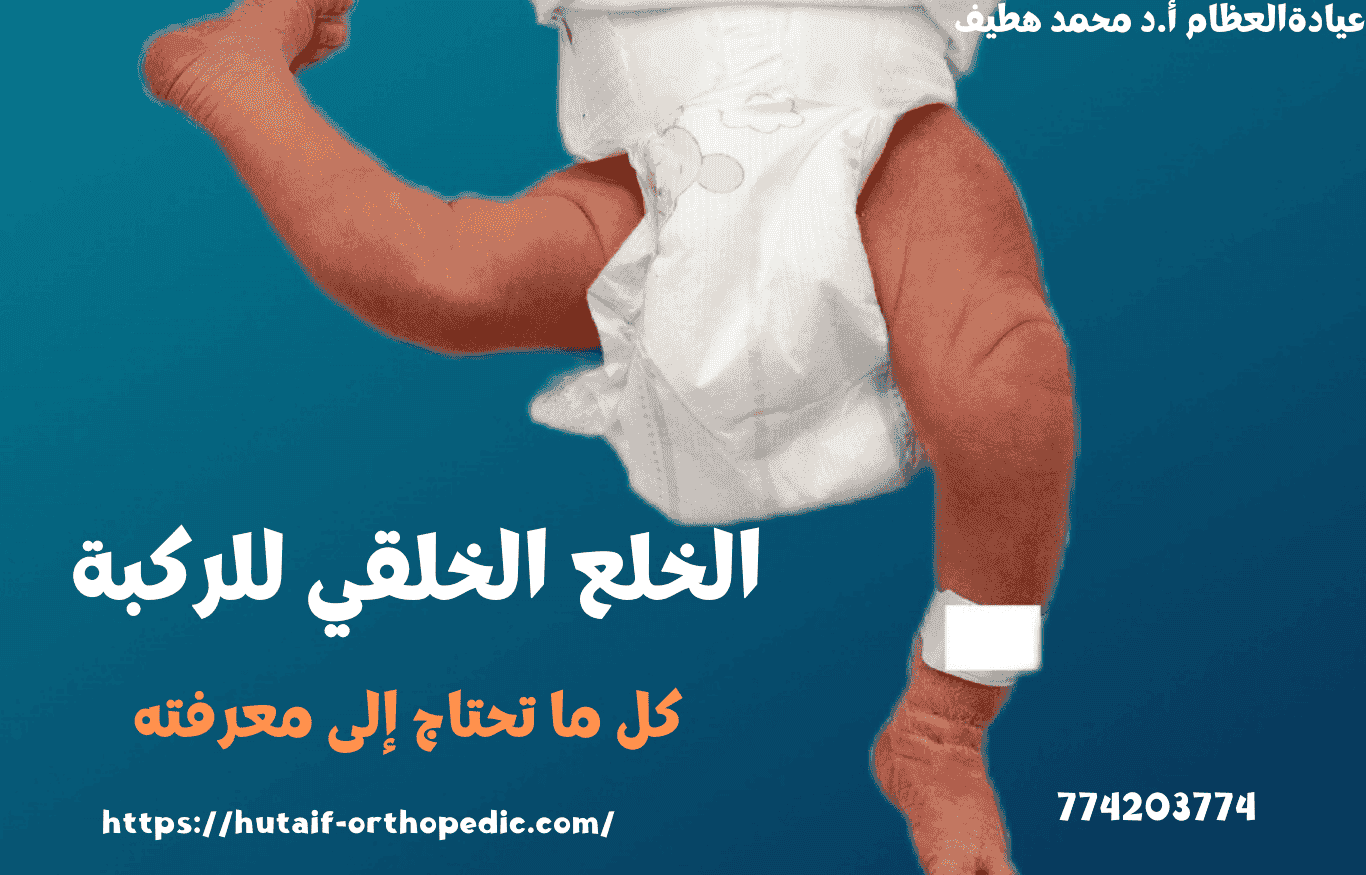
Runner's Knee: What You Need to Know
As a runner, it is common to experience various injuries, ranging from minor aches to severe strains. One such injury that affects many runners is runner's knee. Runner's knee is a broad term that refers to any knee pain experienced by runners. In this blog, we will explore everything you need to know about runner's knee.
What is Runner's Knee?
Runner's knee, also known as patellofemoral pain syndrome, is a condition that causes dull, aching pain in the front of your knee. It is most common among runners and athletes who engage in activities that require repetitive knee movements.
What are the Symptoms of Runner's Knee?
The primary symptom of runner's knee is pain around or behind the kneecap, especially when the knee is bent or straightened. Other common symptoms include a squeaking or grinding sound when you bend or straighten your knee, stiffness or weakness in the knee, swelling around the knee joint, pain when walking down stairs or hills, discomfort when kneeling or squatting and pain when sitting for long periods.
How Do I Know if a Knee Injury is Serious?
In general, seek medical attention if you experience severe or persistent pain, swelling or tenderness around the knee joint, instability or weakness in the knee, restricted range of motion, or an audible popping sound or sensation at the time of the injury.
Read on to find out more about the causes, treatment, and prevention of runner's knee.
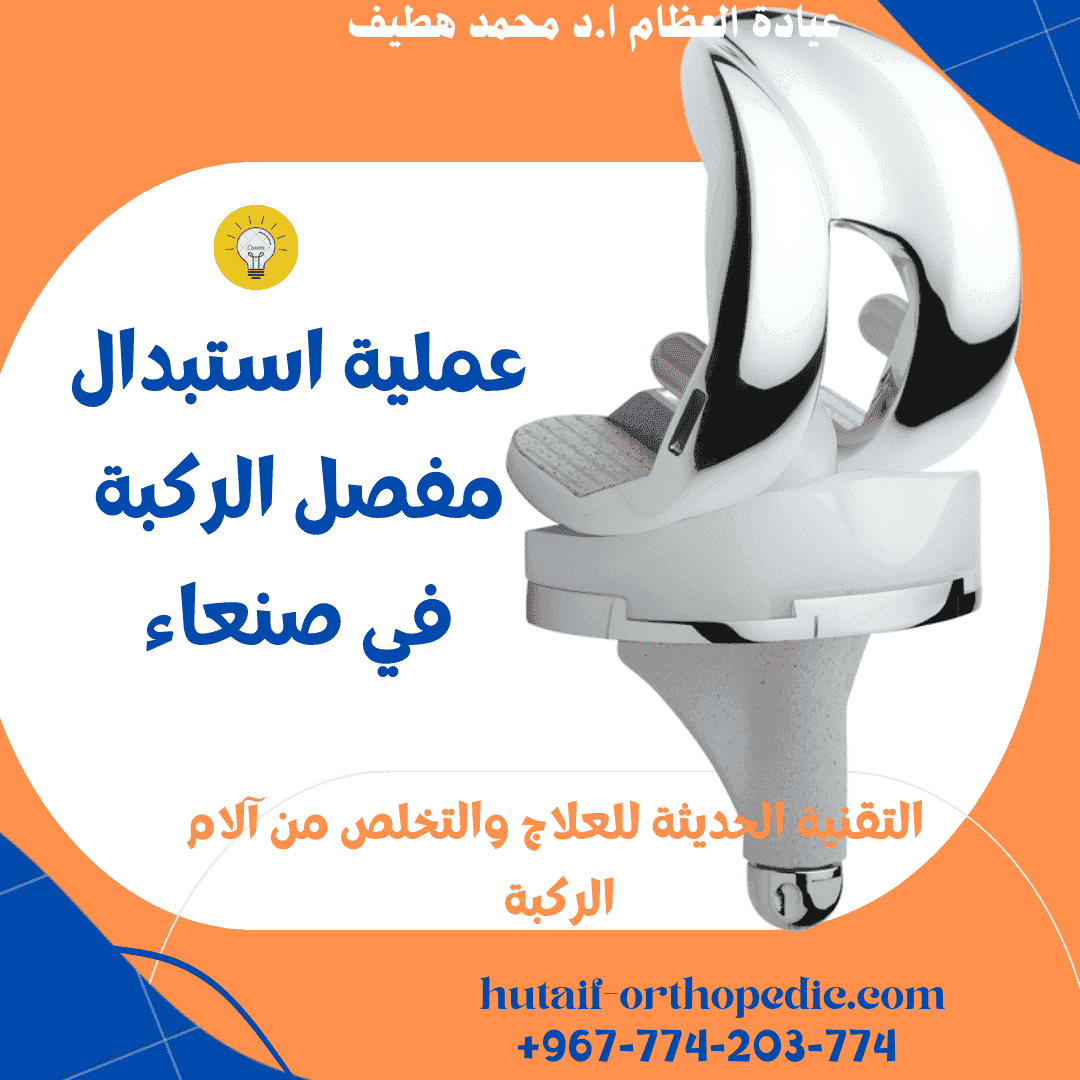

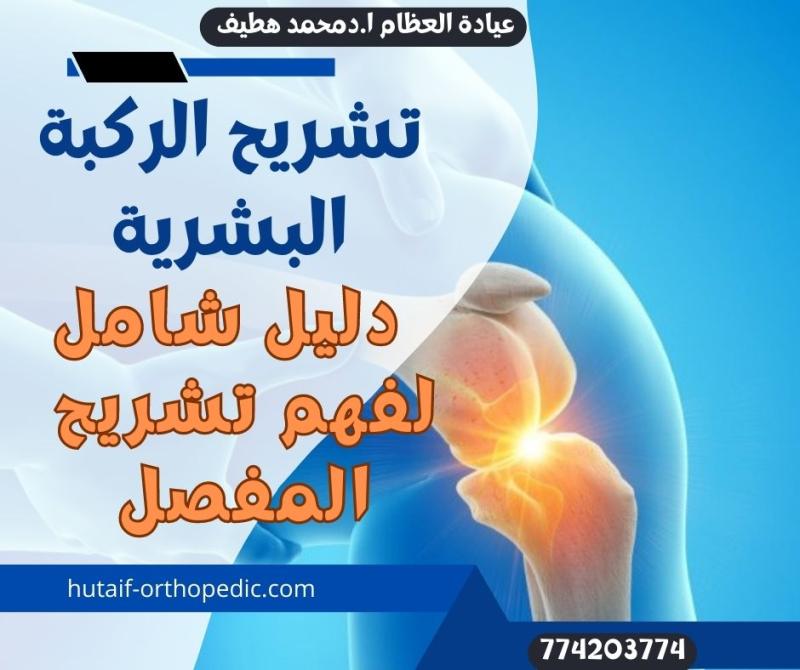



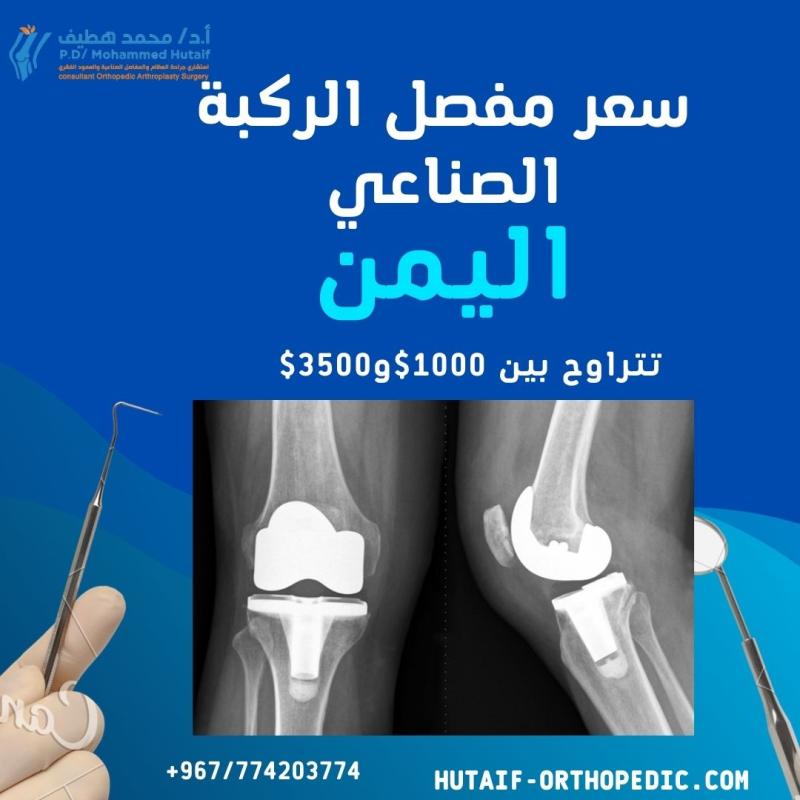

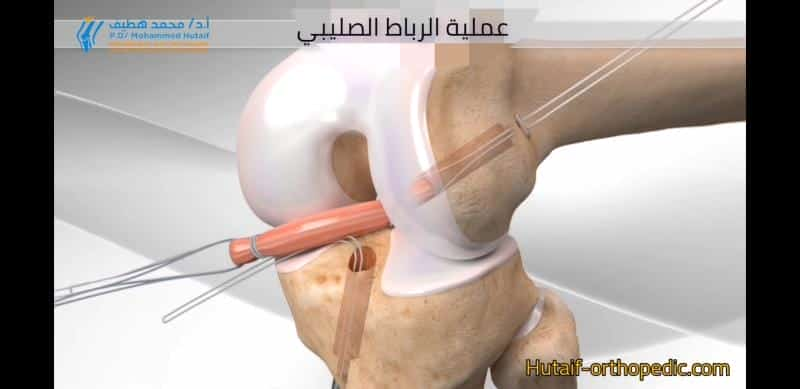

What is the Reason for the Inability to Straighten the Knee?
The inability to straighten the knee completely can be due to various reasons, including swelling around the knee joint, tight muscles or tendons, or a ligament or cartilage injury. Treatment will depend on the underlying cause, and it is essential to seek medical attention to determine the diagnosis.
What Should I Do if My Knee Hurts?
If you experience knee pain, the first step is to rest and avoid activities that aggravate the pain. You can apply ice to the affected area, take over-the-counter pain relievers, and seek medical attention if the pain persists or worsens.
What Causes Pain When Bending the Knee?
There are numerous causes of knee pain when bending, including runner's knee or patellofemoral pain syndrome, a meniscus tear, arthritis, or a ligament injury.
What is the Treatment for Knee Swelling?
Knee swelling is often treated with the RICE method, which includes rest, ice, compression, and elevation. Anti-inflammatory medication can also help reduce swelling and pain.
What Foods Strengthen the Knee?
Eating a balanced diet that includes foods rich in anti-inflammatory nutrients can help support knee health. Foods that strengthen the knee include leafy green vegetables, omega-3 fatty acids, turmeric, and ginger.
Is Walking Beneficial for Knee Pain?
Walking is a low-impact exercise that can benefit those with knee pain and other joint issues. Walking improves joint flexibility and strengthens the muscles around the knee, reducing the risk of injury.
When is Knee Swelling Dangerous?
Knee swelling can be a symptom of many conditions, some of which are severe. Seek medical attention if you experience severe swelling, redness, warmth, fever, signs of infection or difficulty breathing.
Read on to find out more about sudden knee pain, knee pain in women, knee pain from the inner side and how to treat knee pain at home.
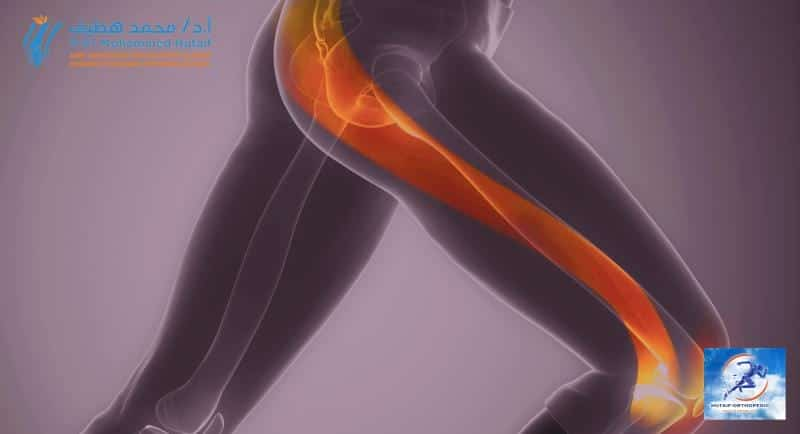
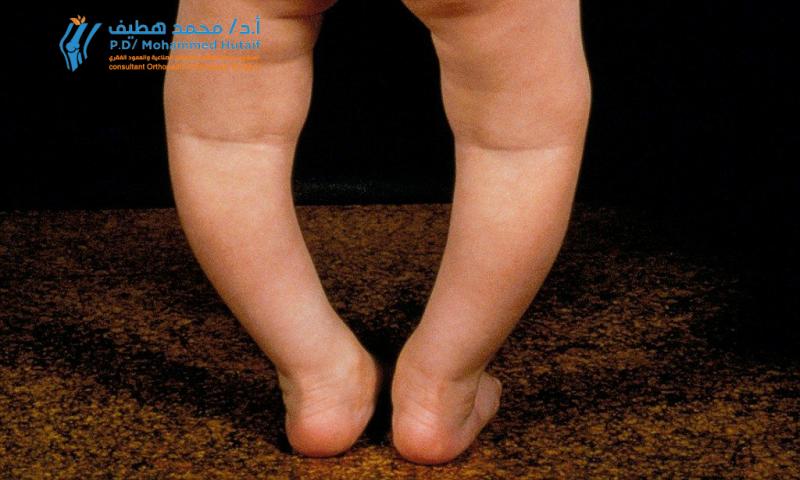
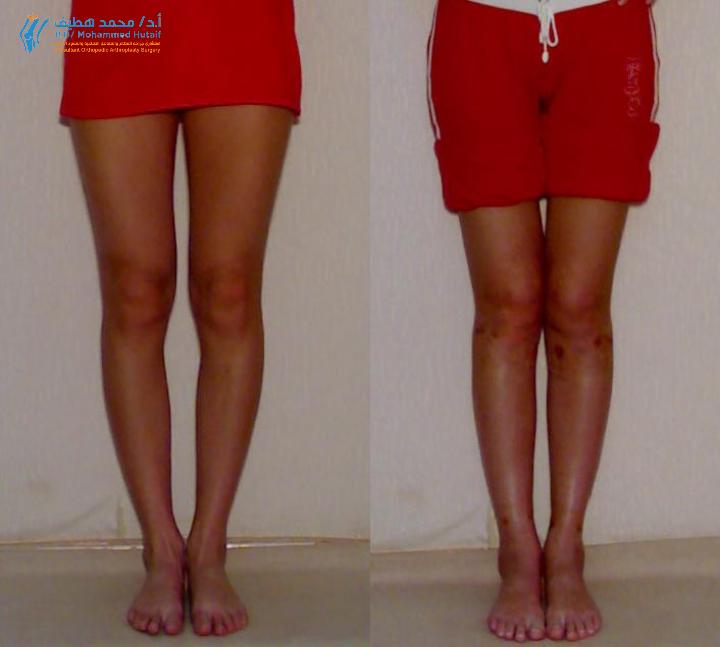



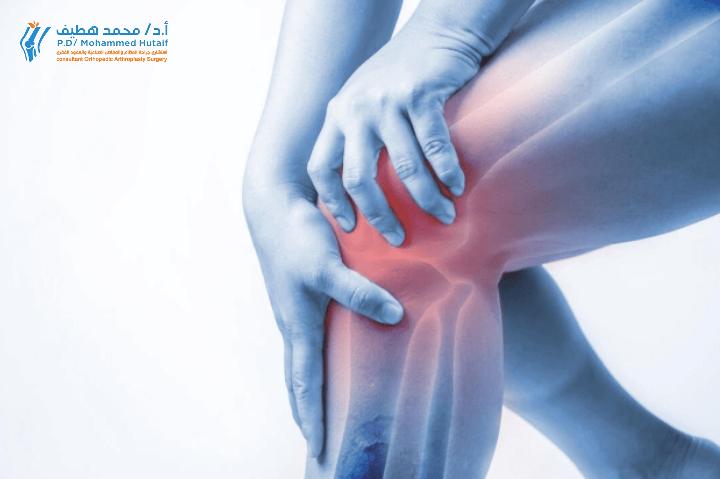
Regardless of the cause of your pain or discomfort, it's recommended to consult a healthcare provider to determine the most effective treatment plan and prevent any further complications.


